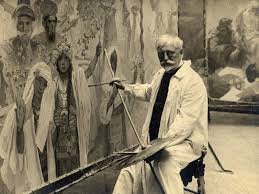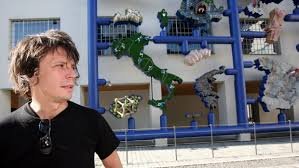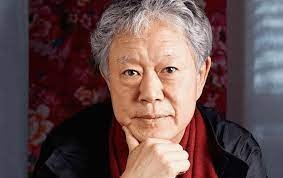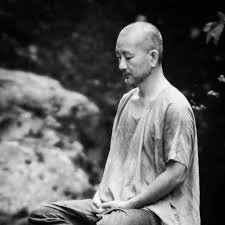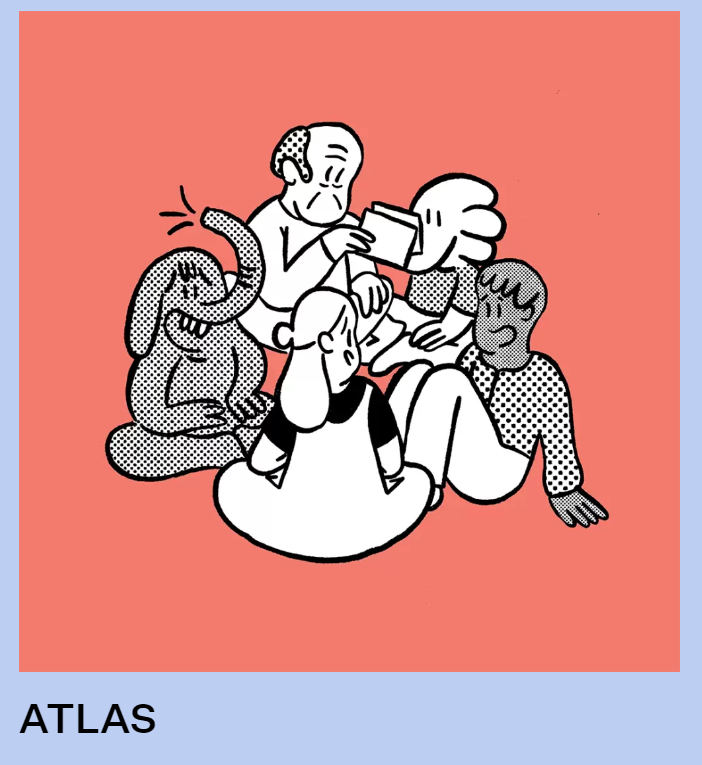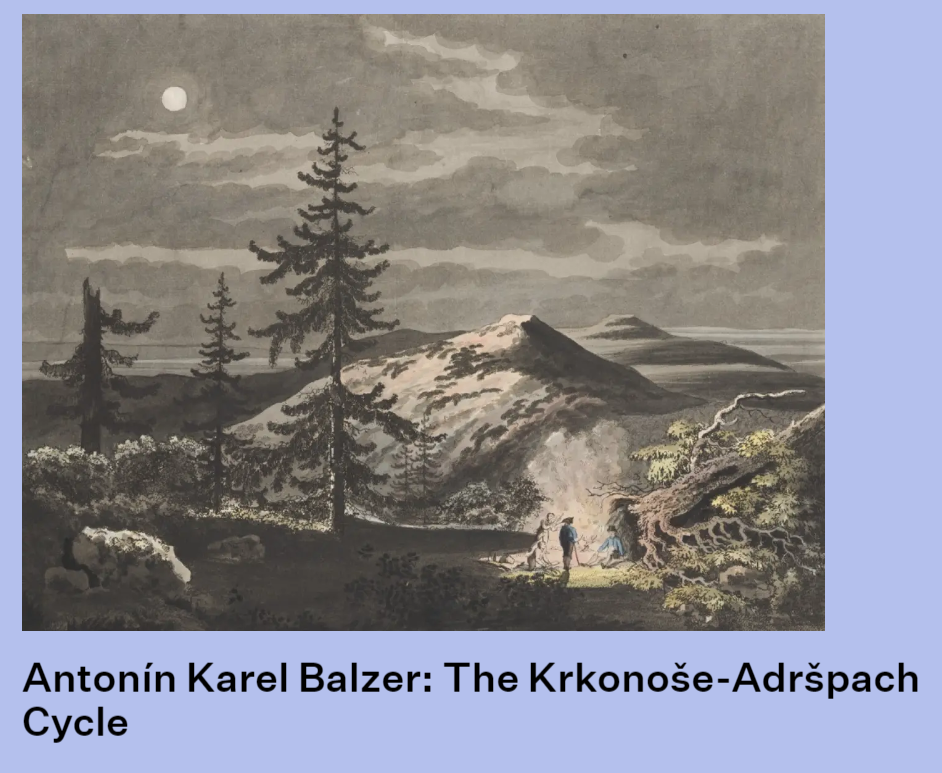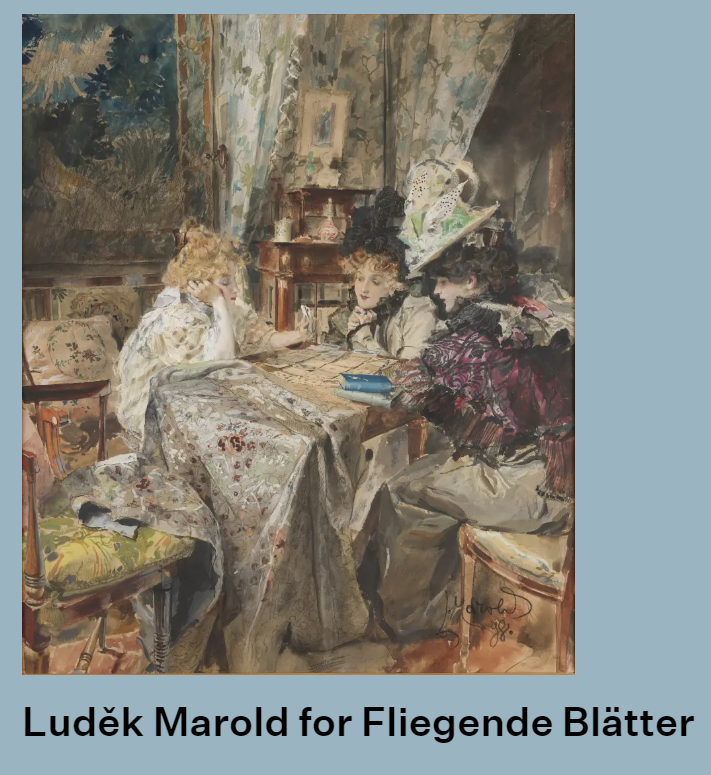
Kaleidoscope of Unconventional Hues – The Magical Confluence of Czech Color Maestro Lubomír Typlt and 'Levitation' (Part I): The Artist’s Quest for Enlightenment
Aug. 25, 2023, 7:54 p.m.
Since the Prague Spring, sensitive Czech painters, influenced by political oppression, have interwoven emotions and concepts through their unique brushwork and rich colors, crafting abstract yet substantial modes of expression. As early as the beginning of the 20th century, Czech abstract pioneer František Kupka boldly integrated color into emotions and abstract painting through experiments and optical principles. Today, contemporary artist Lubomír Typlt stands as an epitome of this tradition. He embodies Czech artistic heritage, and his studies at the Düsseldorf Art Academy in Germany have deepened his understanding of the societal responsibility of reflecting reality. Typlt’s enduring explorations of color and optics have become hallmarks of his artistry, and through his distinctive use of hues and strokes, he conveys profound emotions and insights into human nature. This summer, his latest exhibition, "Levitation", was showcased at Galerie Villa Pellé in Prague. This marks his first return to Prague for an exhibition in two years, featuring a series of artworks, including "Big Mothers," "Youngsters," "Levitation," "Meta Machines," "Individuals" and "Cries," all of which have garnered significant acclaim.
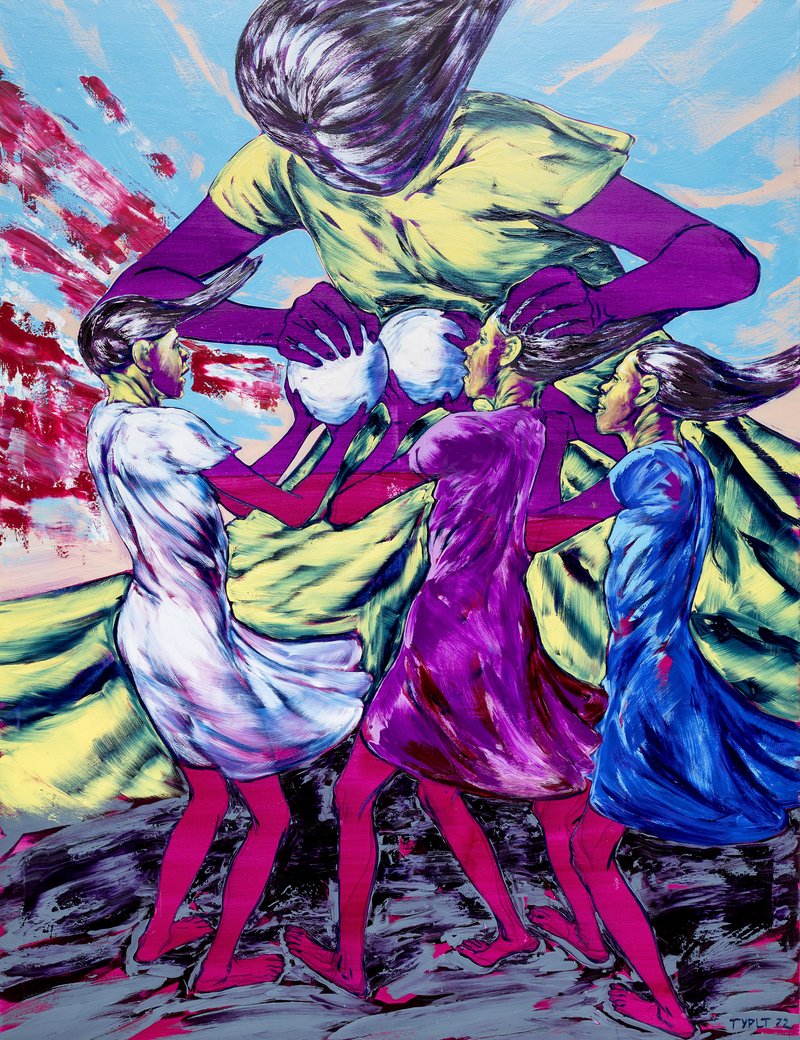
Artistic Enlightenment: Affection and Stimulation
"I was incredibly fortunate because in my family, art was omnipresent. My mother, Jana Typltová, was an exceptionally talented painter. However, she never pursued painting professionally. She was a nurse." Lubomír Typlt begins, reflecting on his artistic origins. As a child, his mother frequently took the children to exhibitions and allowed them to freely pursue their passions. In addition to his early love for drawing, a pivotal influence came from his uncle, Jan Schejbal. His uncle once served as an editor at the significant Czech Odeon Publisher, translating books of Goya from Spanish to Czech. Recounting the moment he perused Goya's paintings at the age of six, Typlt notes, "It was perhaps too challenging for such a young child. It changed my perception of the power of an image. I realized how potent and vital a single image could be. From that moment on, Goya’s works became an essential equipment of my journey as a painter." This revelation spurred his profound interest and exploration into other artists like Ilya Repin, Valentin Serov, Picasso, Bohumil Kubišta, Emil Filla, Kupka, Toyen, and Surealism in general.
He doesn't forget to credit his brother, Jaromír Typlt, two years his senior and later a poet and curator for the Art Brut gallery, whose early infatuation with art history influenced him. To this day, he remains deeply connected to these artists. He spoke of a potent drive towards the German Impressionist painter Lovis Corinth and the Cubist artists, stating, "Art is also a dialogue with those artists who created before our time. Their works resonate so strongly, as if they were crafted just yesterday. They still live on today."
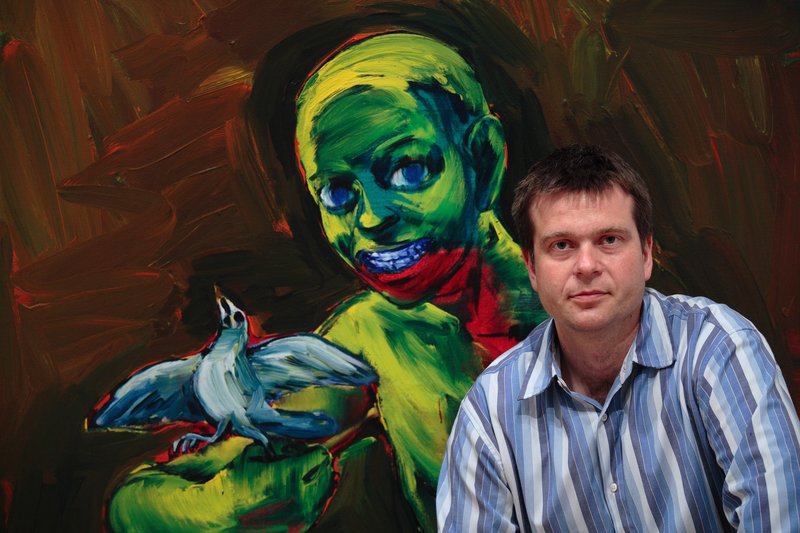
Artistic Endeavors: Pursuing the Authentic Artistic Path
Lubomír Typlt's education spanned a variety of esteemed institutions. He graduated from the Prague Academy of Arts, Architecture, and Design (UMPRUM) under the guidance of Jiří Šalamoun, one of Europe's finest illustrators. At the Brno University of Technology's Faculty of Fine Arts (VUT), he studied painting under Jiří Načeradský, an idol of 1960s Czech figurative art. Further expanding his horizons, Typlt attended Germany's prestigious Kunstakademie Düsseldorf, where he had the opportunity to learn painting from post-war German greats Markus Lüpertz and A.R. Penck, and conceptual art under Gerhard Merz. Throughout these diverse educational experiences, these masters profoundly influenced him. "When you dedicate yourself wholeheartedly to someone for a period, their impact on you is immense," he remarked. However, he also understood the human side of these icons. As a student to these masters, he believes the most crucial takeaway was that "every artist must find their unique artistic path. You have to create your own visual world, find your own themes." He asserts that an artist must first have a need to express through their art. Without the genuine talent for creating authentic art, no school or advice can assist.
Discussing art education in Czech and Germany, Typlt feels there's no fundamental difference between artists from both nations. However, he's deeply fascinated by the level of societal responsibility exhibited by German artists. For instance, figures like Otto Dix and George Grosz, who risked their lives to criticize fascism — with Grosz being one of the very first artists that the fascists wanted to eliminate. His professor in Düsseldorf, Penck, had to flee East Germany due to threats to his safety by the German secret police. "Artists should be the thorns in the side of autocratic regimes. I admire individuals who steadfastly stand by their convictions. For me, being an artist isn't merely about chasing commercial success, but it's significantly about societal responsibility. Art, for me, is more than mere decoration."
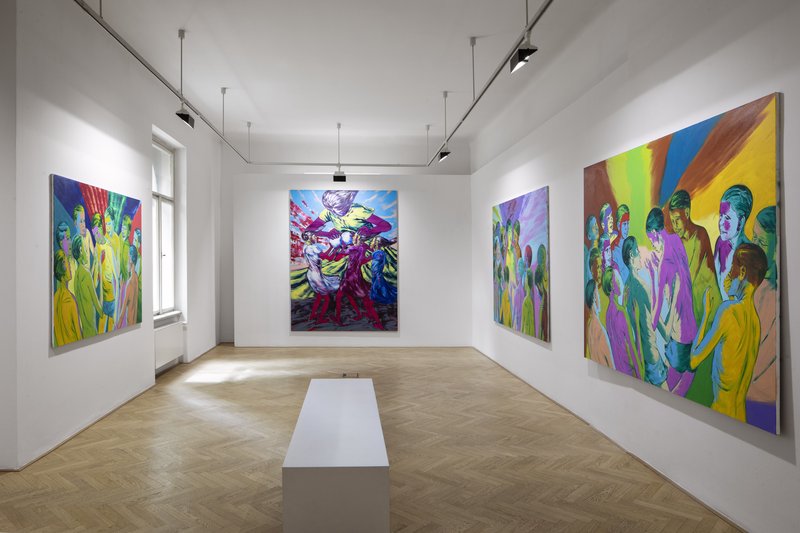
In the same vein, Typlt believes artists with steadfast views must carefully introspect and respond when faced with critiques from critics. "Every artist inherently doubts themselves. When you compound it with intense criticism from the environment, it can utterly sap an artist's motivation to create." He cites Kafka as an example. Kafka wished for his dear friend Max to burn all his literary legacy, precisely because critics of the time were egregiously mistaken, and sensitive artists had to bear the weight of an environment that couldn't understand them. Conversely, "an artist must know intrinsically what they aim to create." He mentions having a few close friends who provide him with criticism, given that they deeply understand and have been observing his work for years.
However, artists will inevitably face the tests of reality. "It's crucial that every aspiring artist walks their path. Evidently, it's not always easy." Many study in art schools, but few achieve notable success in practice. It's often said that only about 5% out of every hundred artists truly succeed. Typlt experienced his commercial breakthrough only at the age of 35. Prior to that, he merely lived with the belief that he'd garner interest someday. "My parents had begun to worry about my ability to sustain myself through painting. But then, the first major collectors came along, and the situation shifted. I'm grateful to everyone who believed and continues to believe in my work," he says with both humility and resolve.
For Typlt's insights on his creations and experiences with "Levitation", stay tuned for the continuation: Kaleidoscope of Unconventional Hues – The Magical Confluence of Czech Color Maestro Lubomír Typlt and 'Levitation' (Part II): The Haunting Allure.
[Interview by Pierre Chiang]


